With continuous advancements in plastic manufacturing process, insert injection molding has emerged as a core process, seamlessly integrating diverse materials with cutting-edge manufacturing techniques.
This injection molding technology combines materials such as metal and plastic into a single, cohesive component, ensuring a strong bond between the insert and the plastic matrix while balancing durability and flexibility.
This article will delve into the concept of insert injection molding, its process, advantages and disadvantages, and its wide-ranging applications, unveiling the intricacies of this sophisticated molding technology.
What Is Insert Injection Molding?
Insert injection molding is an advanced manufacturing process that combines plastic injection molding with the integration of inserts, typically metal or other durable materials, into a plastic part during the molding process, effectively adding inserts to enhance the part’s functionality and strength.
This technique involves placing the insert components into the mold cavity before the injection phase, allowing the melted plastic to flow around and bond with the inserts.
The result is a single, unified finished part that offers enhanced mechanical properties, combining the strength of metal parts with the versatility and lightweight nature of plastic.
This molding plastic process is highly cost effective and reduces production time by eliminating the need for secondary assembly steps.
Insert injection molding is widely used across many industries, including automotive, medical devices, electronics, and consumer products, due to its ability to produce complex parts with improved durability and functionality.
The process also supports molding capabilities such as incorporating threaded inserts or creating a plastic layer over metal components, often in a vertical position to maintain the fixed position of inserts during molding.
Overall, insert injection molding offers a reliable and efficient solution for manufacturing injection molded products that require the integration of other materials into a plastic matrix, ensuring strong adhesion and long-lasting performance.
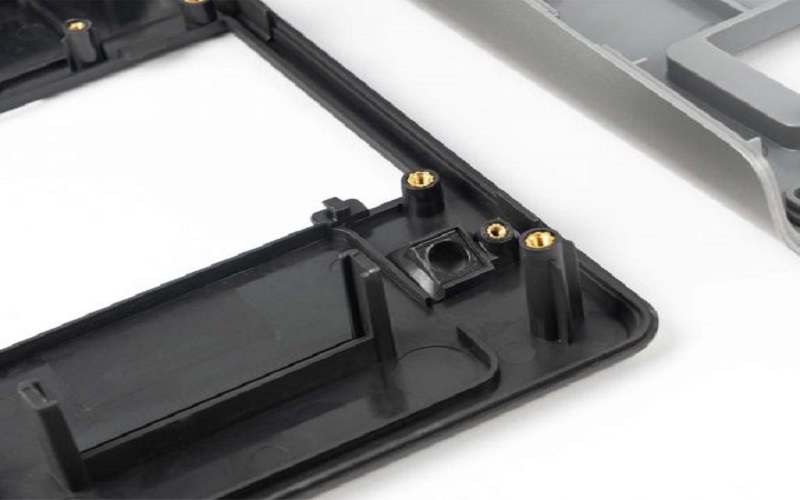
Steps of The Insert Molding Process
Insert injection molding is a precise manufacturing technique that integrates pre-placed inserts (such as metal or plastic components) with molten plastic to create a single, cohesive part.
Below is a detailed breakdown of the key steps involved in the insert molding process, tailored for clarity and technical accuracy to suit a beginner-to-intermediate audience interested in manufacturing.
Step 1: Injection Molding Inserts Preparation
Select and prepare the insert material (e.g., stainless steel pins, brass threaded inserts, or pre-molded plastic components).
Clean the insert to remove contaminants like oil or dust, which could weaken bonding. Apply coatings (if needed) to enhance adhesion or corrosion resistance. Ensure the insert’s shape and surface texture are optimized for secure integration with the plastic.
Step 2: Loading Inserts Into The Mold
Place the prepared inserts into the mold cavity, ensuring they are held firmly in a fixed position. This can be done manually or by using automated machinery, depending on production volume and precision requirements.
The mold is often positioned vertically during this step to use gravity to keep the inserts in place.
Step 3: Injecting Molten Plastic
Molten plastic is injected into the mold under high pressure, flowing around and encapsulating the inserts.
This injection phase ensures the plastic bonds tightly with the inserts, creating a strong mechanical connection. Proper molding conditions, such as temperature and pressure, are critical to avoid defects and ensure quality.
Step 4: Cooling and Solidification
The mold remains closed while the plastic cools and solidifies around the inserts. Maintaining appropriate cooling times and pressures prevents shrinkage and ensures dimensional accuracy of the final part.
Step 5: Mold Opens and Part Ejection
Once the plastic has solidified, the mold opens, and the finished part—with the inserts securely embedded—is ejected. Care is taken to remove the inserted component without damaging the molded components or the inserts.
Step 6: Post-Processing
After molding, excess material such as sprues or flash is trimmed from the part. Additional post-processing steps may include inspection, surface finishing, or applying mold release agents to facilitate handling and assembly.
By following these steps, insert injection molding produces high-quality, durable parts that combine the benefits of multiple materials in a single manufacturing process.
What Materials Are Used In Insert Molding?
Thanks to the versatility of the injection molding process, insert molding can utilize a wide range of materials. This flexibility enables the production of plastic components that combine diverse properties.
Commonly used materials include:
Thermoplastics: such as Polyethylene (PE), Polystyrene (PS), Nylon (Polyamide, PA), Polypropylene (PP), and ABS;
Thermosets: including Phenolic Resins, Epoxy Resins, Melamine Formaldehyde, and Urea Formaldehyde;
Elastomers: like silicone rubber, Polyurethane, and Thermoplastic Elastomers (TPE).
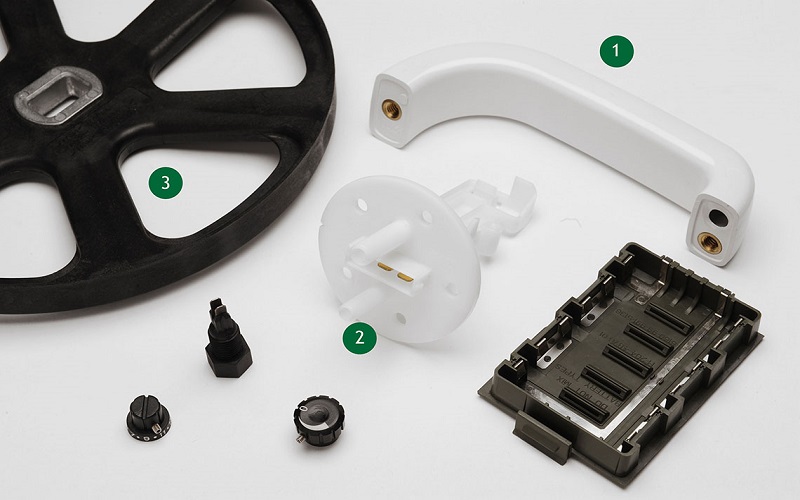
Technical Considerations for Insert Injection Molding Process
To successfully produce high-quality insert-molded components, several critical technical factors must be carefully considered to ensure the performance and reliability of the final product.
First, the choice of insert material is paramount. Metal insert, such as stainless steel, brass, or steel, are commonly used due to their excellent mechanical strength and heat resistance.
Inserts are typically designed with threaded surface or other textures to enhance bonding with the plastic, preventing detachment.
Second, the positioning and securing of inserts are crucial for stability during the molding process. Mold design must ensure inserts remain fixed during injection, often achieved through vertical mold designs leveraging gravity or by using mechanical fixtures and automated robotic arms for precise placement.
Third, precise control of injection molding parameters significantly impacts product quality. During injection, the temperature, pressure, and injection speed of the molten plastic must be carefully adjusted to ensure complete encapsulation of the insert without defects like voids or cold shuts.
Proper cooling and holding times are also essential to minimize plastic shrinkage and deformation, ensuring dimensional accuracy.
Additionally, due to the differing thermal expansion coefficients of plastic and metal, designs must account for hoop stress and stress distribution to prevent cracking or loosening of the insert. Thoughtful design and material selection can effectively mitigate these risks.
Finally, post-processing steps, such as deburring, coating, or surface treatments, are vital to achieving the desired performance and appearance of the final product.
In summary, the success of insert injection molding hinges on the coordinated management of material selection, mold design, injection parameter control, and post-processing. Only by addressing these factors comprehensively can high-quality insert-molded products be achieved.
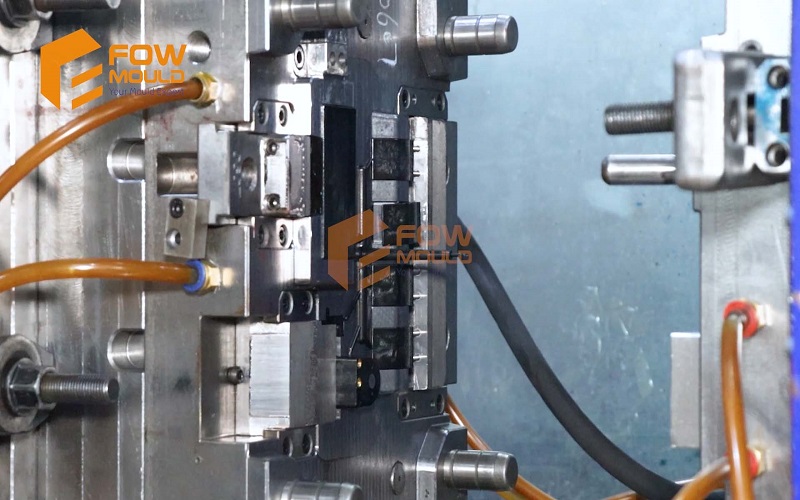
Advantages Of Insert Molding
Insert molding is a technology that integrates two or more materials during the injection molding process.
It offers several benefits:
Reduced Assembly Time
Compared to traditional assembly methods, insert molding can complete the assembly of two or more parts in one step, significantly reducing production cycles and process steps, which helps avoid the time-consuming nature of manual assembly processes.
Enhanced Performance
By embedding high-strength materials like metal, the product can combine the flexibility of plastic with the strength of the insert, improving overall mechanical performance.
Improved Product Quality
Insert molding ensures a tight bond between the insert and the plastic, reducing the risk of loosening or shifting, and enhancing the reliability and durability of the product.
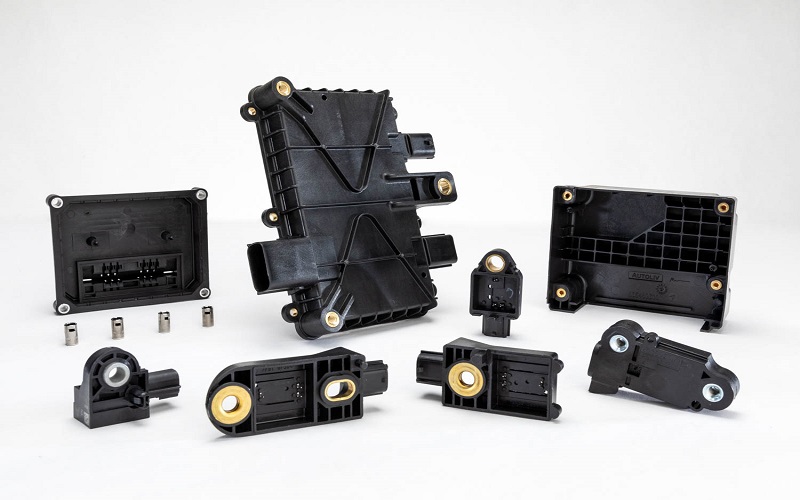
Disadvantages Of Insert Molding
Despite its many advantages, insert molding has some limitations:
Complex Design Challenges
Compared to conventional assembly methods, insert molding demands careful consideration of factors like the insert’s angle and alignment, resulting in more intricate mold designs and higher requirements for both the process and equipment.
Need for Precise Process Control
If the insert is not positioned accurately or if parameters such as pressure, temperature, and timing are not properly controlled, the quality and effectiveness of the final product can be compromised.
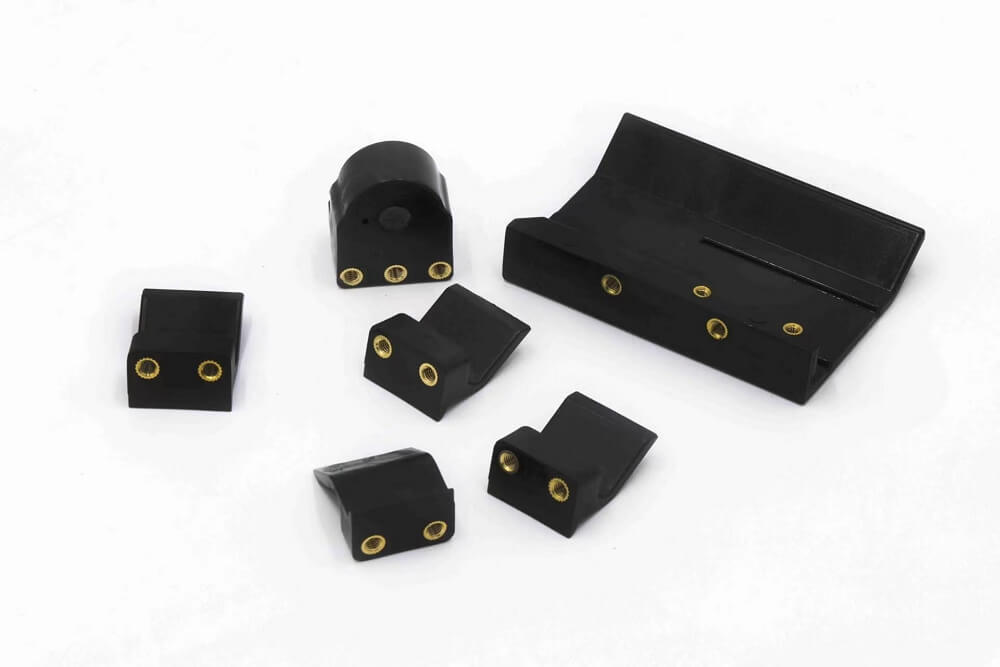
Applications Of Insert Molded Parts
Plastic insert molding allows for a seamless combination of materials to produce quality, durable and innovative products. Its versatility and benefits make it a popular choice for a wide range of industries.
Electronics Industry
One of the most common application areas for plastic insert molding technology is the electronics industry. Parts such as terminals, connectors and pins, for example, are often embedded in plastic housings.
This provides insulation, structural support and protection from environmental factors while maintaining electrical conductivity.
Automotive Components
The combination of metals and plastics used in insert molding technology is utilized to manufacture many automotive components such as sensors, switches and electronic controls. This reduces weight while ensuring durability – a key factor in automotive design.
Medical Devices
In the medical industry sector, insert molding technology is used to produce a variety of medical devices, including surgical instruments with ergonomic plastic handles and components for wearable medical devices.
The insert molding process is widely used in this industry for its ability to sterilize integrated products and ensure patient safety.
Consumer Products
In everyday life, insert molding is used to integrate metal components into plastic designs for the production of items such as toothbrushes, kitchen utensils, and power tools. The objective is to enhance the product’s functionality, durability, and overall user experience.
The pie chart below shows the distribution of injection molding inserts in different application areas.
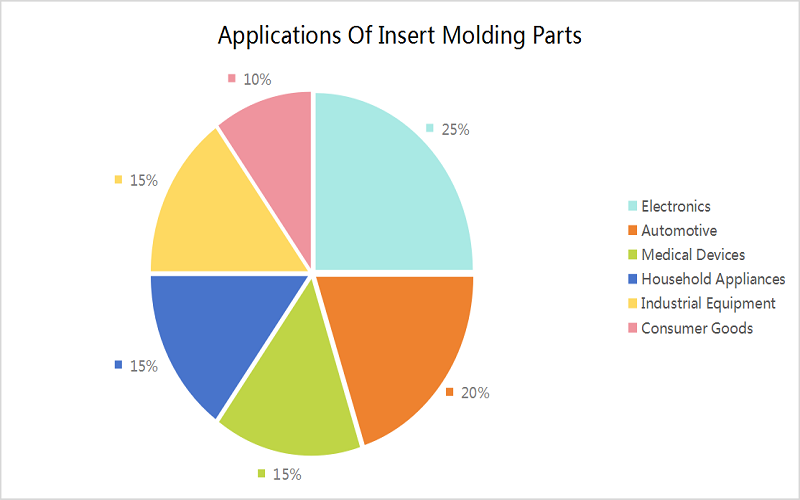
Differences Between Insert Molding And Overmolding
While both insert molding and overmolding are advanced manufacturing processes used to combine multiple materials into a single part, they differ significantly in their approach and applications.
Insert molding is a single-step process where pre-fabricated inserts, typically metal inserts or other components, are placed into the mold cavity before the molten plastic is injected. The plastic then flows around and bonds directly to these inserts, creating a unified finished part.
This method is highly efficient, reducing labor costs and assembly time since the insert becomes an integral part of the injection molded product.
Insert molding is especially suitable when integrating metal inserts or plastic handle into plastic parts, offering enhanced mechanical properties and durability.
On the other hand, overmolding is a two-step process (also known as a two shot process) that involves molding one material over another pre-existing molded part.
Typically, the first component is molded and allowed to cure before being placed into a second mold where a different material is molded directly over it.
This approach is ideal for adding soft-touch surfaces, grips, or seals to injection molded parts, and allows for greater design flexibility with multiple materials and colors.
Although overmolding is simpler than creating two separate molds, manufacture separate parts, and assembling them, it still requires a two-shot mold, resulting in higher costs compared to traditional injection molding.
Both processes help product designers save time and lower costs by reducing the need for separate assembly of parts, but the choice between them depends on the specific application requirements and materials involved.
To learn more about the differences between these two processes, please click to read “Insert Molding vs Overmolding“.
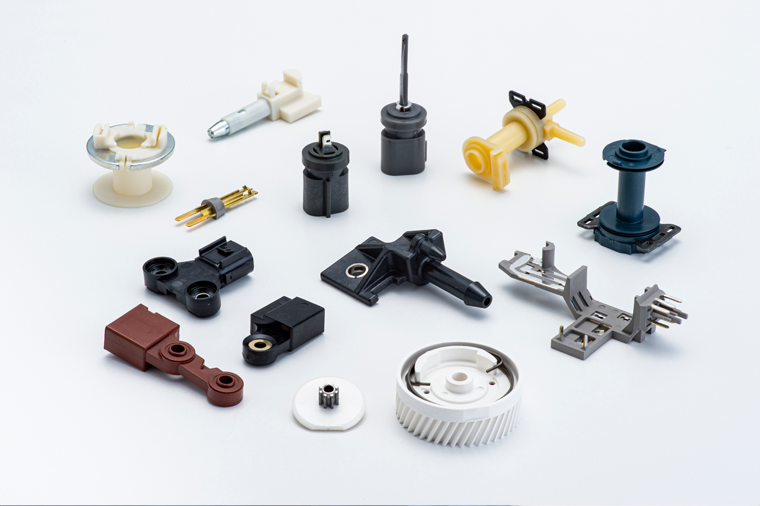
Conclusion
In summary, insert molding is a process that molds thermoplastic material around a pre-formed component (insert) to create parts that incorporate multiple materials.
Due to its efficient and high-precision characteristics, and the ability to combine the advantages of metal and plastic, it is widely used in industries such as medical, automotive, and consumer products.
If you’re seeking an insert molding manufacturer for your next project, contact FOW Mould. With over 40 years of expertise and a one-stop plastic injection molding service, we’ll tailor an insert molding solution to meet your specific needs, ensuring precision, efficiency, and reliability.
